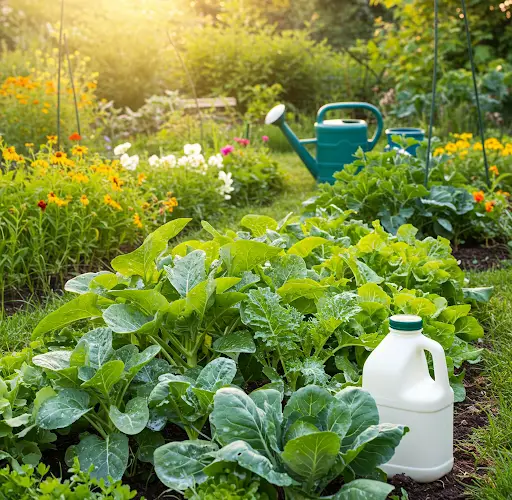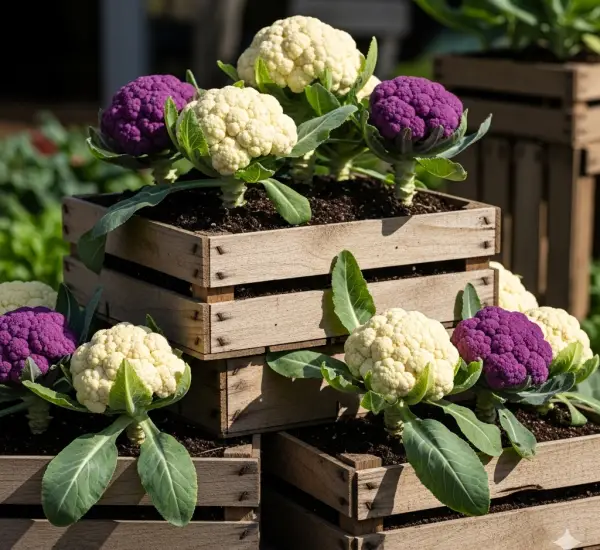Milk as a Natural Fertilizer: Boosting Plant Health and Protection
Many people enjoy milk for its delicious taste and numerous health benefits, but few know that it can also be highly beneficial for plants. Milk-based fertilizers provide essential nutrients, promote healthy growth, and help protect plants from fungal diseases and pests. This natural and budget-friendly method is a great alternative to chemical fertilizers, making it an excellent choice for gardeners who prefer eco-friendly solutions.
Why Use Milk as a Fertilizer?
Milk contains a wealth of macronutrients and micronutrients that plants can absorb through their roots and leaves. Calcium, potassium, and beneficial proteins present in milk contribute to plant growth, strengthen cell walls, and improve overall plant health. Additionally, milk’s natural properties make it an effective defense against common fungal infections and insect pests.
By using milk as a fertilizer, gardeners can enhance soil health, increase crop yield, and reduce the risk of plant diseases—all while using a simple, readily available ingredient.
Types of Dairy-Based Fertilizers
When preparing a milk-based fertilizer, it is essential to choose the right dairy product. The most effective options include:
- Low-fat or non-fat milk: These contain all the essential nutrients without excess fats that may promote bacterial growth in the soil.
- Milk whey or dairy serum: A byproduct of cheese-making, whey is rich in minerals and beneficial bacteria.
- Kefir or fermented milk: Contains probiotics that enhance soil microbiology and promote root health.
How to Prepare and Apply Milk Fertilizer
The preparation of a milk-based fertilizer is simple and requires only a few ingredients. The dilution ratio varies depending on the type of dairy product used.
Basic Milk Fertilizer Recipe
- Mix one liter of milk with 10 liters of water.
- Stir well to ensure the milk is evenly distributed.
- Apply the solution directly to the soil around the base of the plants, approximately once every two weeks.
Kefir-Based Fertilizer
- Use one liter of kefir diluted in 12 liters of water.
- Stir thoroughly and apply to plants as a foliar spray or directly to the soil.
- This method is especially beneficial for strengthening plants and preventing fungal diseases.
Whey or Dairy Serum Fertilizer
- Dilute one liter of whey with 12–14 liters of water.
- Apply as a soil drench or foliar spray to nourish plants and improve soil quality.
How Often to Use Milk Fertilizer
The frequency of application depends on plant variety, climate conditions, and soil composition. In general:
- For most vegetables and fruiting plants, apply once every two weeks.
- During peak growing seasons, increase applications to once per week for optimal results.
- Reduce usage during cooler months when plants require less frequent feeding.
Additional Benefits of Milk Fertilizer
Beyond its nutritional value, milk fertilizer provides several additional benefits to plants:
- Disease Prevention: Milk acts as a natural fungicide, helping prevent powdery mildew, blight, and other fungal infections.
- Pest Deterrent: The lactic acid in milk discourages certain insect pests, reducing damage to plants.
- Soil Enrichment: Beneficial microbes in fermented dairy products improve soil health and boost nutrient absorption.
- Stronger Plant Growth: Calcium and proteins contribute to sturdy stems and vibrant foliage.
Conclusion
Using milk as a natural fertilizer is an easy, cost-effective, and environmentally friendly way to boost plant health and productivity. Whether you use milk, kefir, or whey, these simple methods ensure plants receive essential nutrients while also protecting them from common diseases and pests. Regular application of milk fertilizer can result in stronger, healthier plants and a more bountiful harvest.



